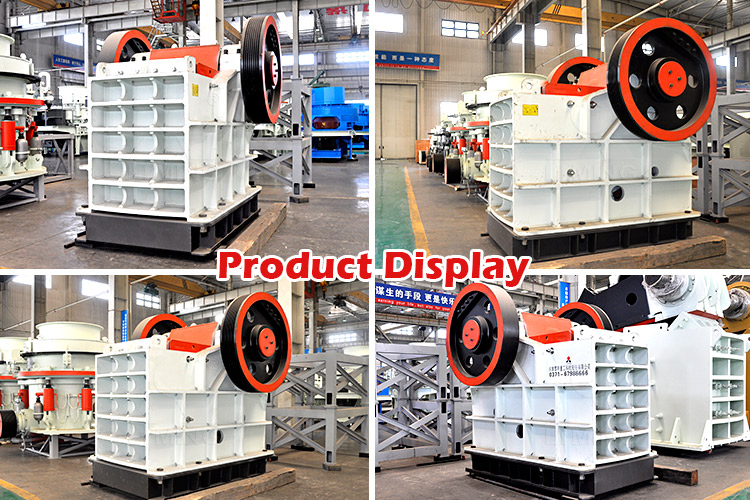The Unsung Hero of Combustion: A Deep Dive into Coal Weigh Feeders
In the intricate ecosystem of coal-fired power plants, cement production facilities, and various heavy industries, precision and reliability are not just desirable—they are economically and environmentally imperative. At the heart of this process, ensuring the steady and accurate flow of fuel, lies a critical but often overlooked piece of engineering: the coal weigh feeder. More than a simple conveyor, it is a sophisticated system that continuously measures and controls the mass flow rate of coal, acting as the crucial link between the storage silos and the hungry furnaces or kilns below.
Fundamental Principles and Core Components
A coal weigh feeder is essentially a short belt conveyor integrated with a precision weighing mechanism and a control system. Its primary function is to deliver a consistent, pre-set mass of coal per unit of time (e.g., tons per hour) regardless of variations in the bulk density or layer height of the material on the belt. This is achieved through a continuous process of weighing and speed adjustment.
The system comprises several key components working in unison:
- Conveyor Belt: The physical platform that transports the coal. It is designed for minimal stretch and consistent tracking to ensure weighing accuracy.
- Weigh Bridge: This is the core weighing element. It is a suspended structure located at a specific point along the conveyor, equipped with one or more load cells. As coal passes over this section, the load cells measure the force exerted by the material.
- Load Cells: These are high-precision transducers that convert the mechanical force of the weight on the belt into an electrical signal. Their accuracy and stability are paramount to the entire system’s performance.
- Speed Sensor: Typically an encoder attached to a tail or motor pulley, this device measures the exact rotational speed of the conveyor belt, which translates into belt velocity.
- Integrator or Control System: This is the “brain” of the operation. It receives signals from both the load cells (weight per unit length) and the speed sensor (belt velocity). By multiplying these two values—Mass Flow Rate = Weight per Unit Length × Belt Speed—it calculates the instantaneous flow rate.
The Closed-Loop Control: How Precision is Achieved
The true intelligence of a modern weigh feeder lies in its closed-loop control system. The operator sets a desired feed rate (the setpoint). The integrator continuously compares this setpoint against the actual, calculated flow rate. If a deviation is detected, it does not simply sound an alarm; it takes corrective action.
For instance, if the actual flow rate falls below the setpoint—perhaps due to a denser clump of coal—the control system will automatically increase the speed of the conveyor drive motor. Conversely, if too much coal is being fed because it’s lighter or fluffier than average, it will slow down accordingly. This dynamic adjustment happens in real-time, ensuring that over minutes and hours, precisely as much fuel enters as required by downstream processes like boiler combustion or raw meal calcination in a cement kiln.
Crucial Applications: Beyond Simple Conveyance
The role of coal weigh feeders extends far beyond mere transportation. Their accuracy directly impacts several critical areas:.jpg)
- Combustion Efficiency: In power generation, consistent fuel feed is essential for stable boiler operation. It maintains optimal air-to-fuel ratios, maximizing heat release while minimizing unburnt carbon and pollutants like NOx and SOx.
- Process Control in Cement Manufacturing: In a cement plant, coal is ground to powder and fired in a rotary kiln to produce clinker. The precise temperature profile in this kiln is vital for product quality. An accurate weigh feeder ensures consistent heat input from pulverized coal directly impacting clinker quality properties like strength setting time chemical composition thereby guaranteeing final cement quality meets stringent standards.
- Inventory Management and Costing: By providing a continuous totalized weight of coal consumed weigh feeders serve as reliable instruments for plant inventory tracking energy balance calculations production accounting enabling accurate cost control for bulk material handling operations across industries from steel to chemicals
The Evolution Towards Smarter Systems
The technology behind weigh feeders has evolved significantly from mechanical lever systems to today’s fully electronic and digitally integrated solutions. Modern feeders often feature self-diagnostic capabilities automatic calibration routines advanced filtering algorithms to compensate for mechanical noise communication protocols like Profibus or Ethernet/IP for seamless integration into Distributed Control Systems DCS allowing for centralized monitoring data logging historical analysis predictive maintenance schedules preventing costly unplanned downtime enhancing overall plant operational intelligence making them indispensable tools in modern industrial automation strategy focused on efficiency safety sustainability
In conclusion while often hidden within complex industrial landscapes coal weigh feeders perform an indispensable function They are not just moving coal they are meticulously metering energy safeguarding process integrity optimizing efficiency reducing environmental impact proving that sometimes most critical work done by quietest most precise machines on factory floor
</html




